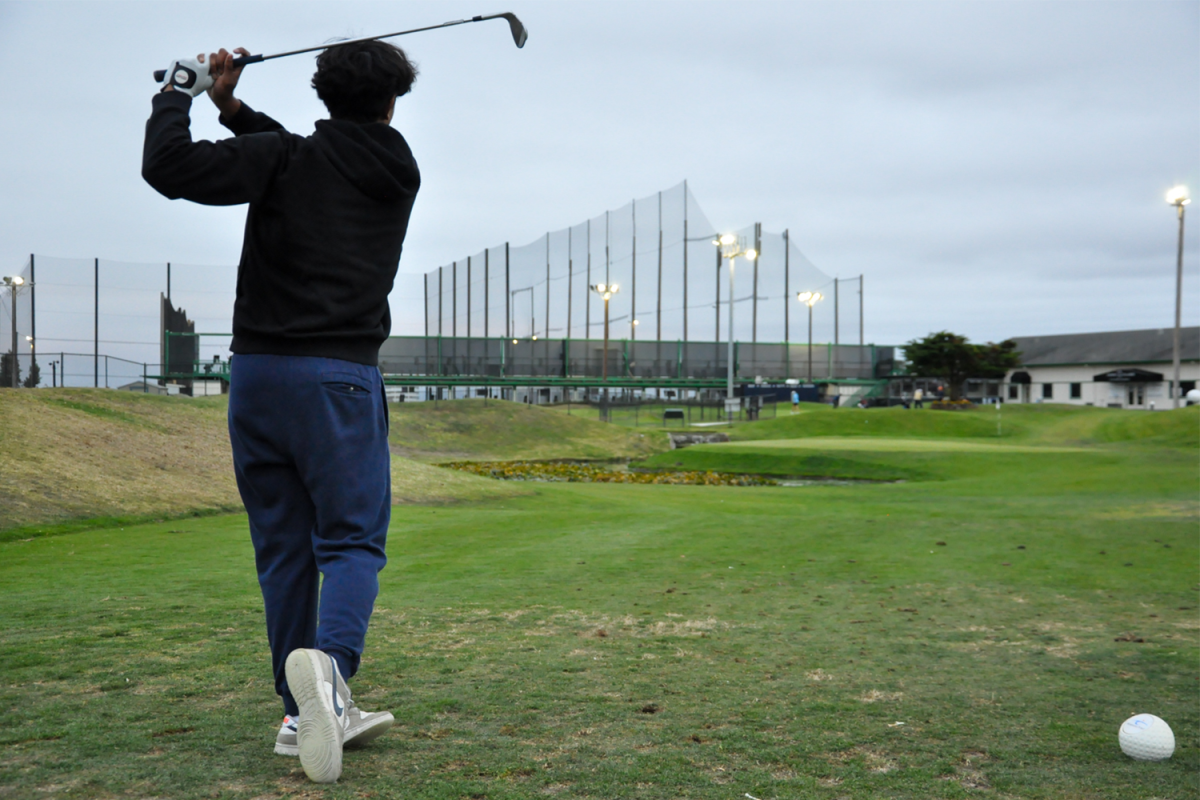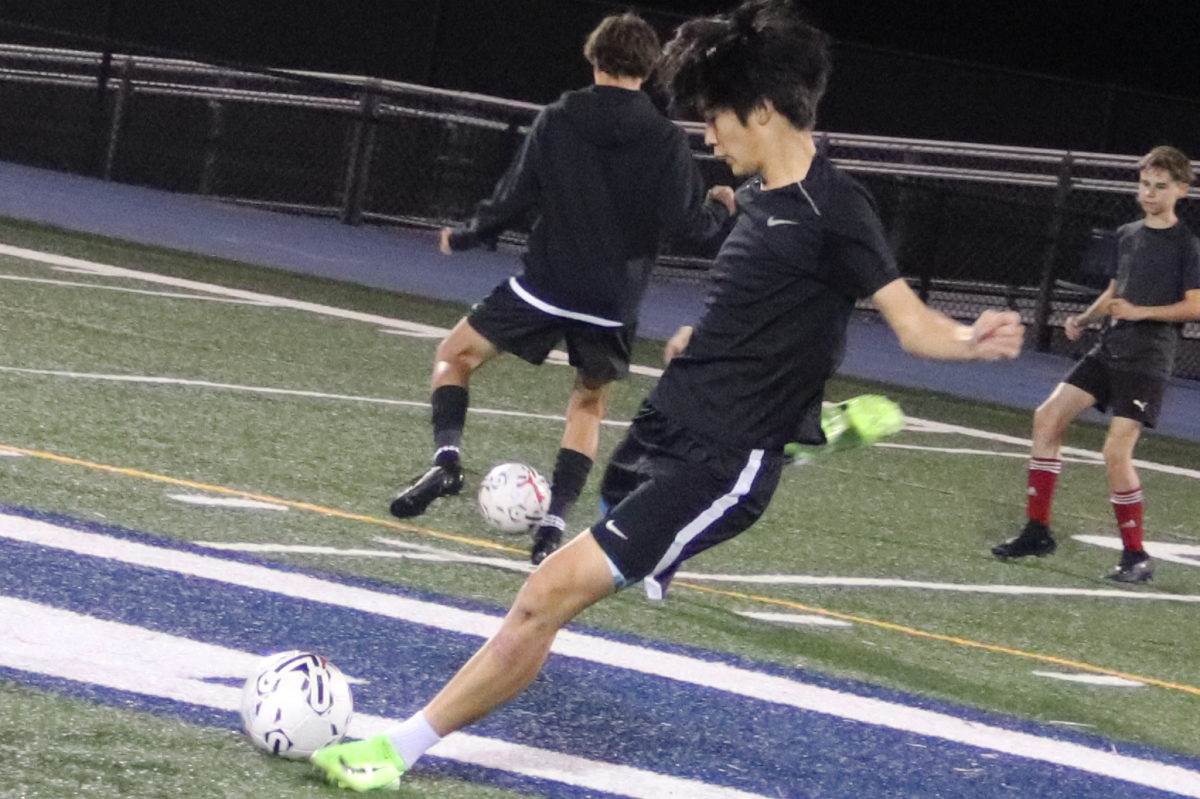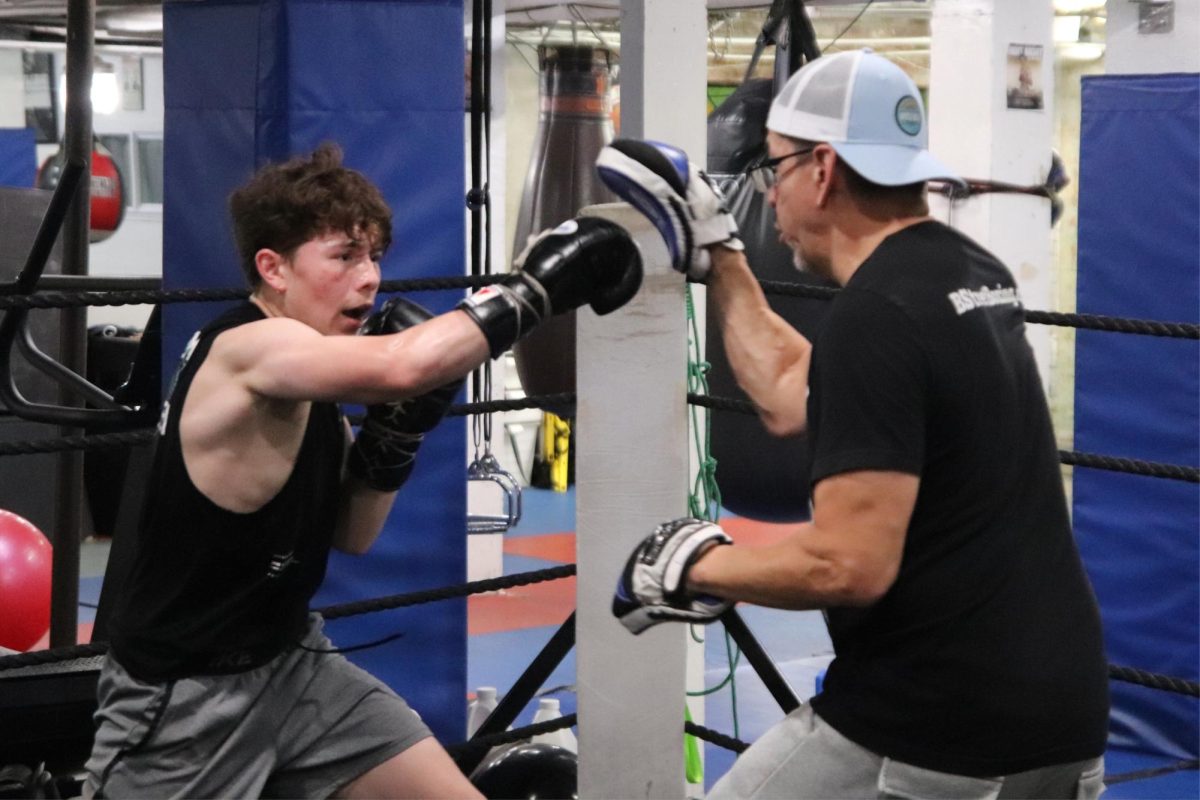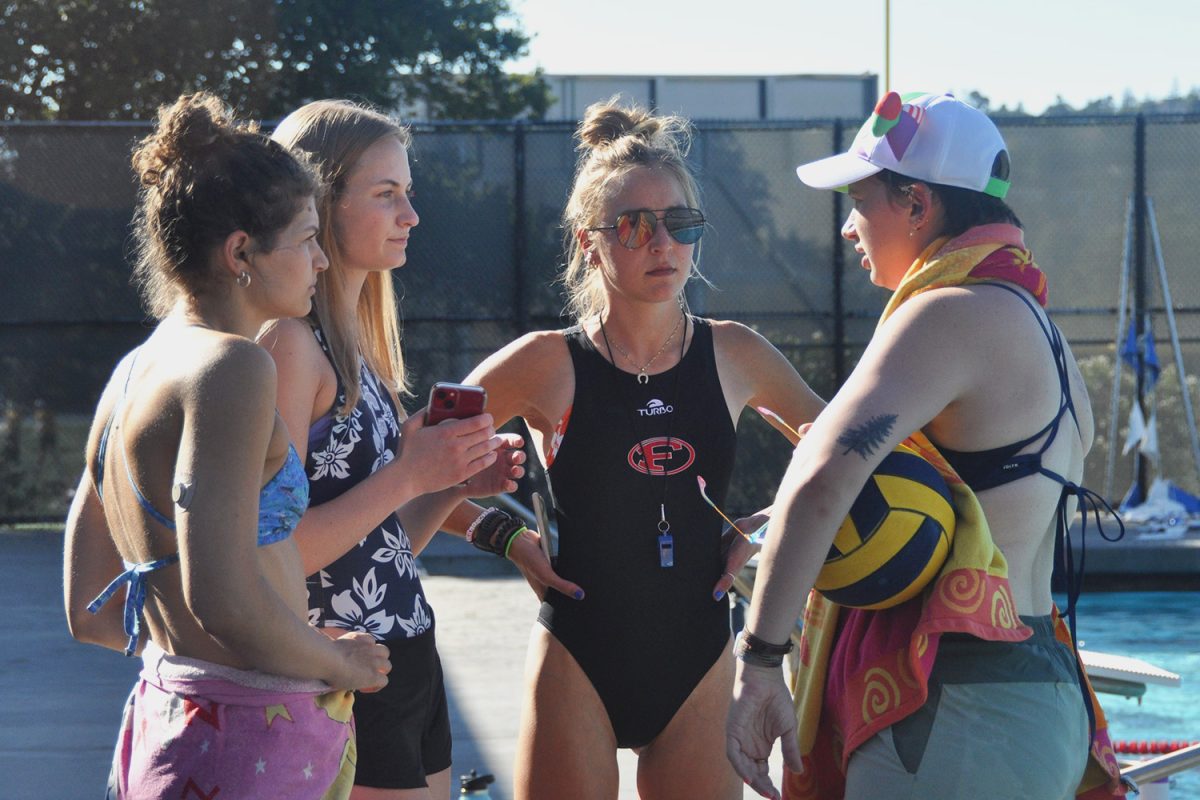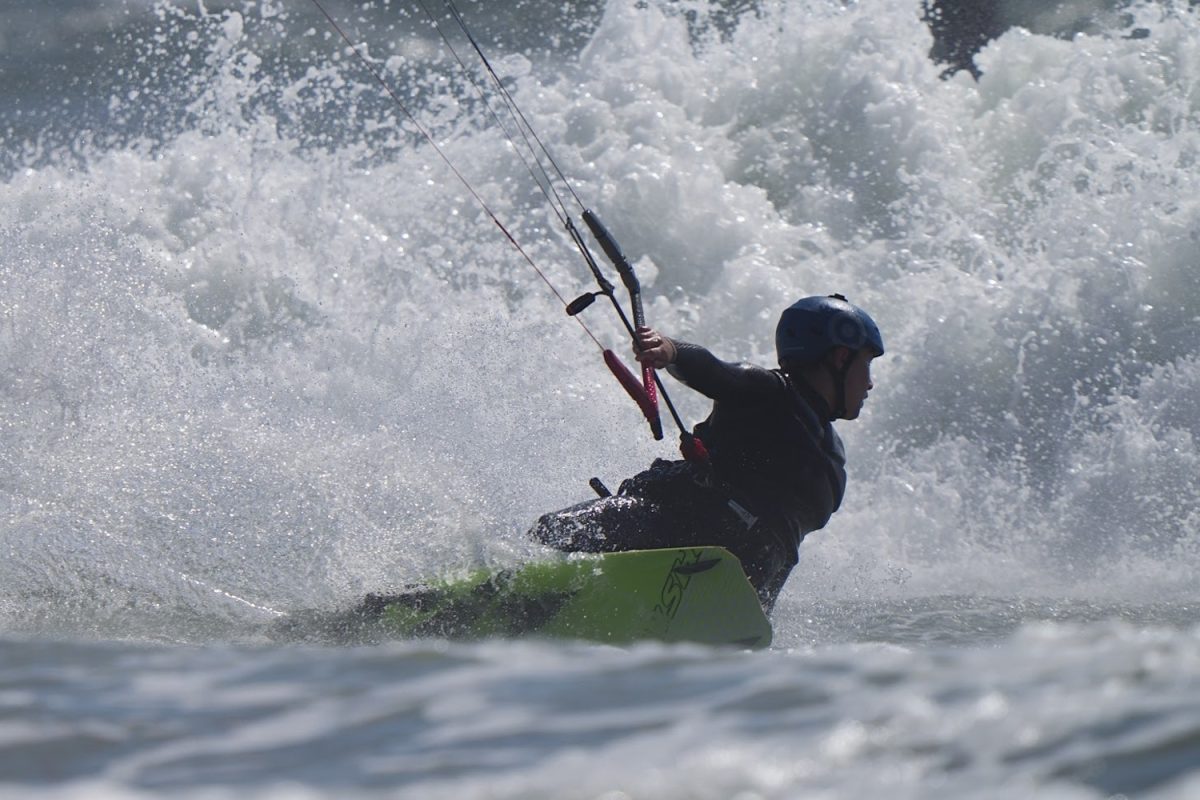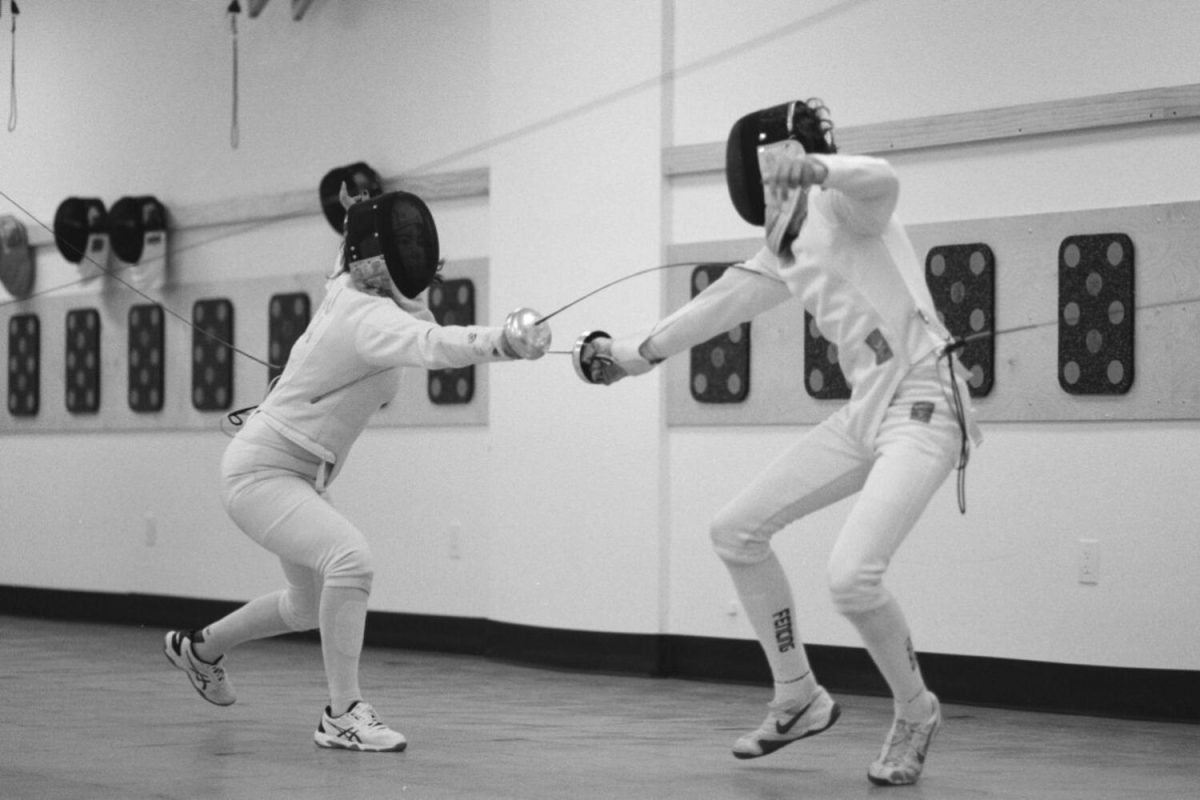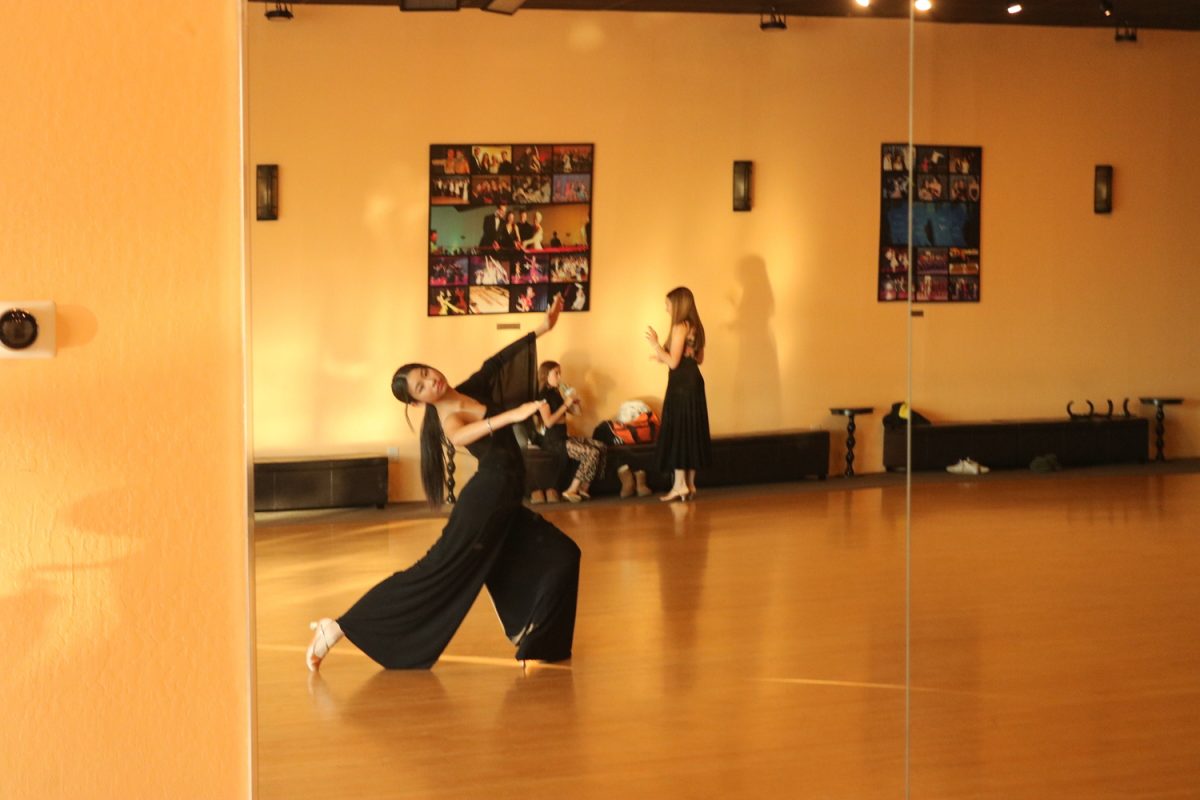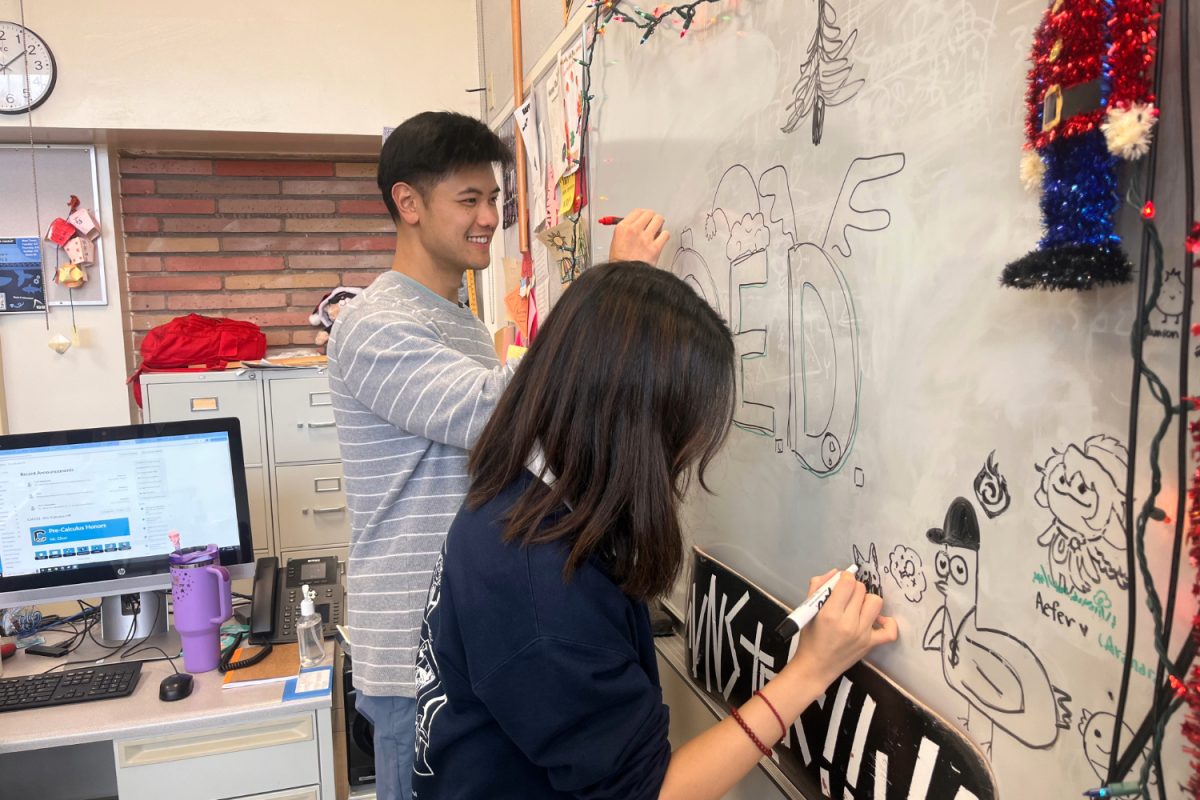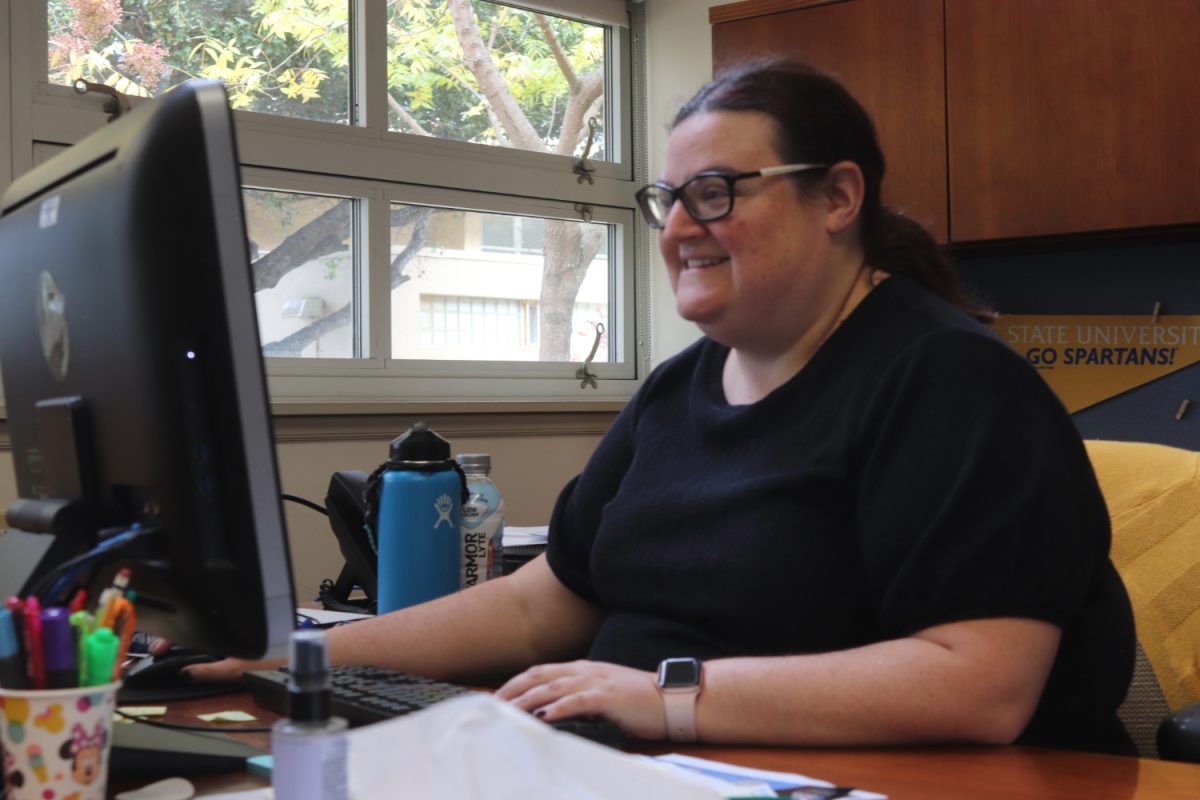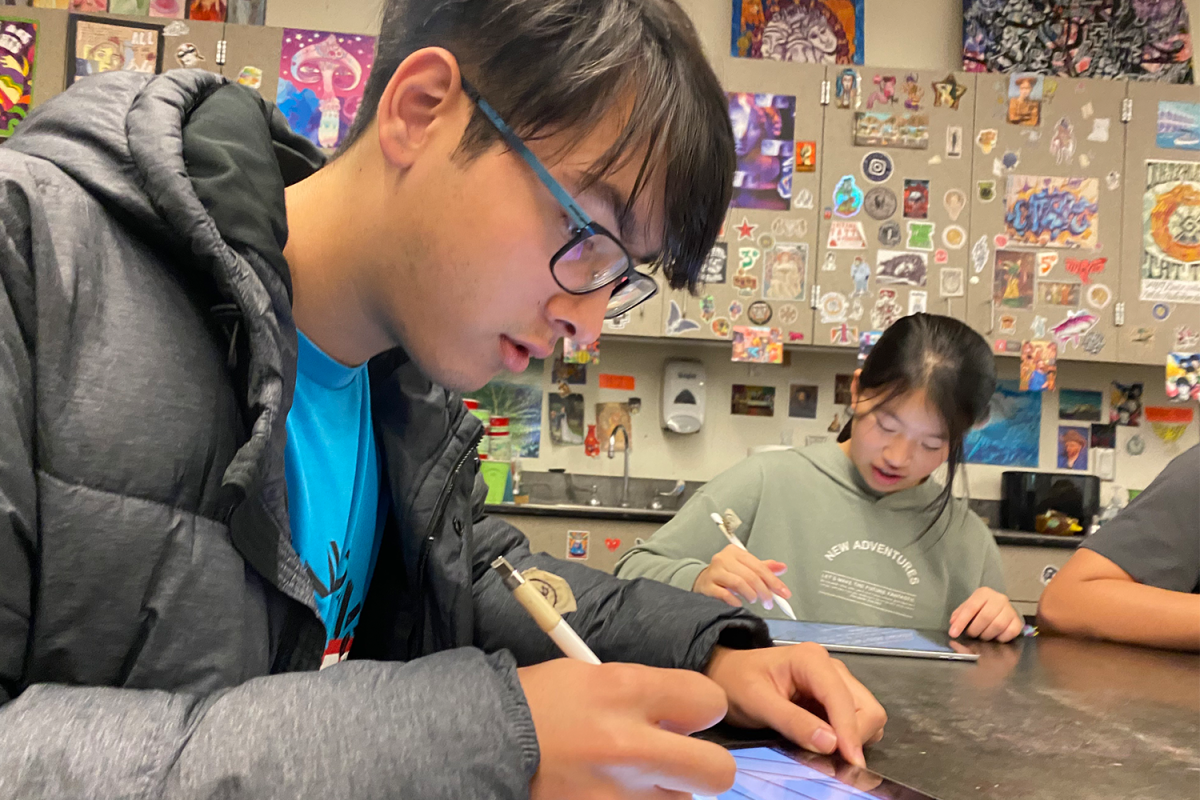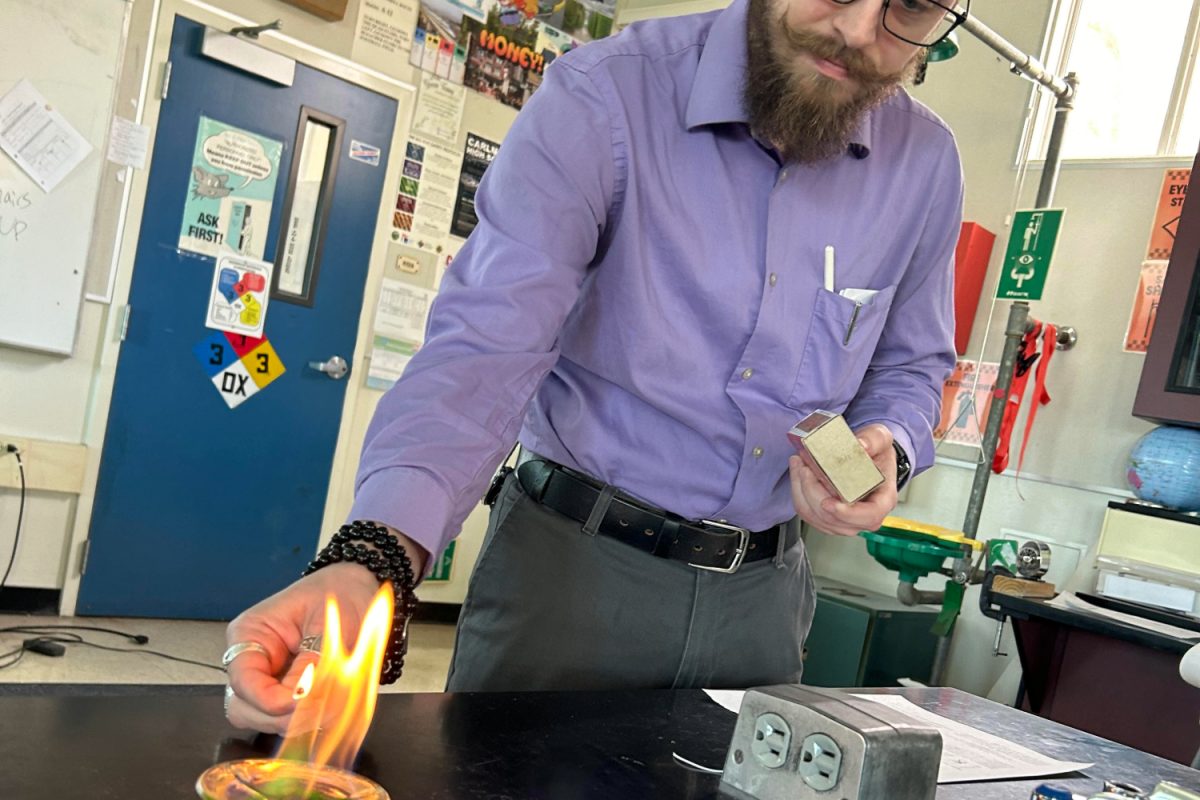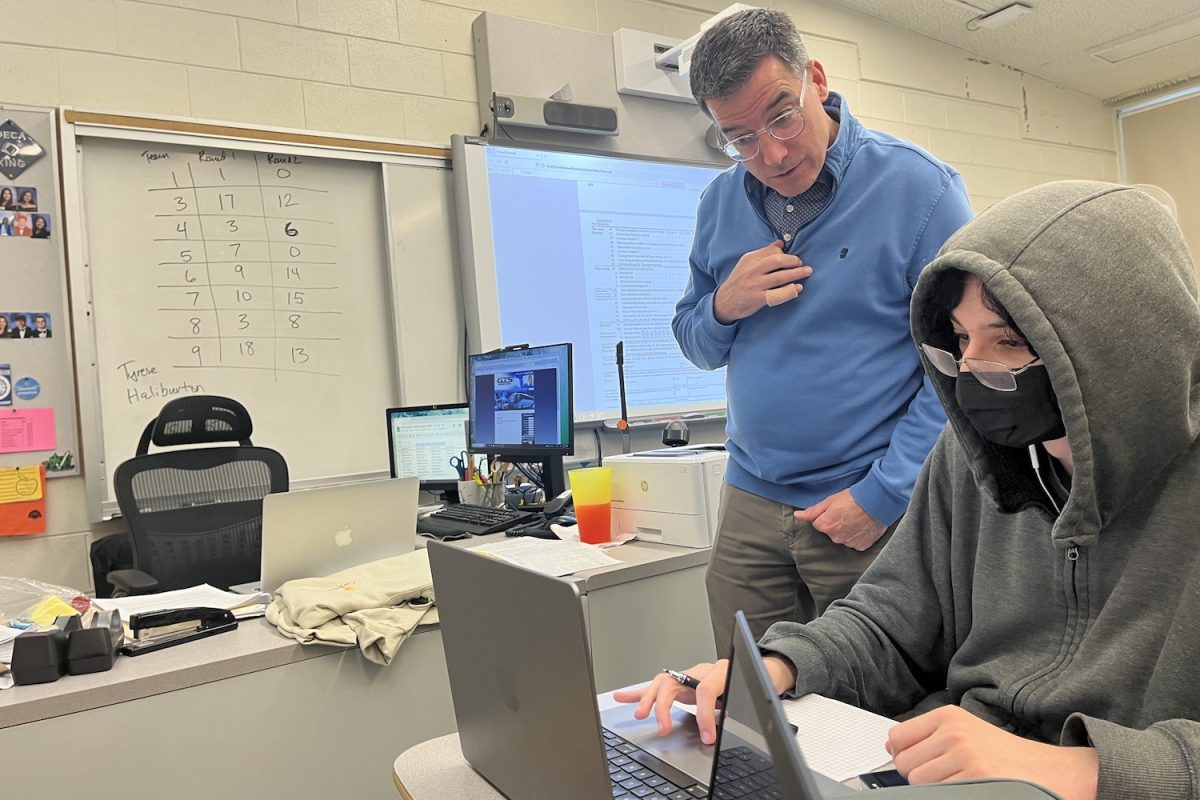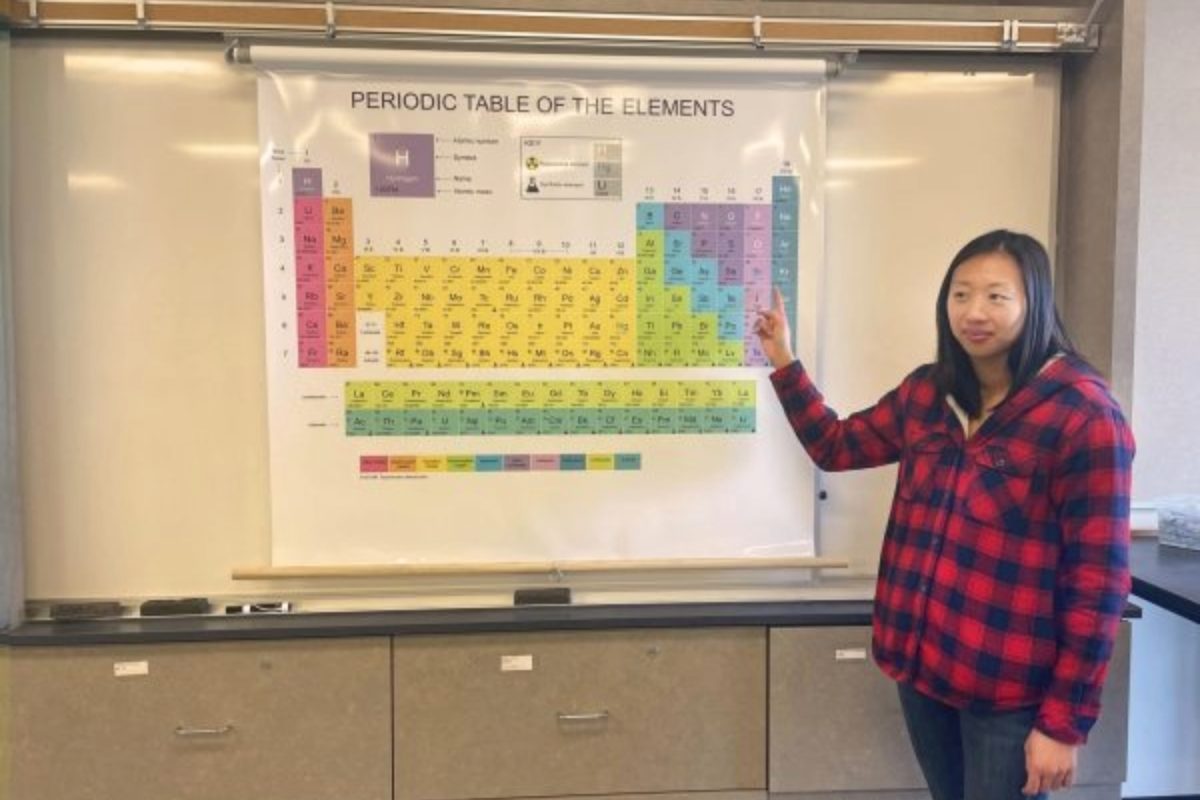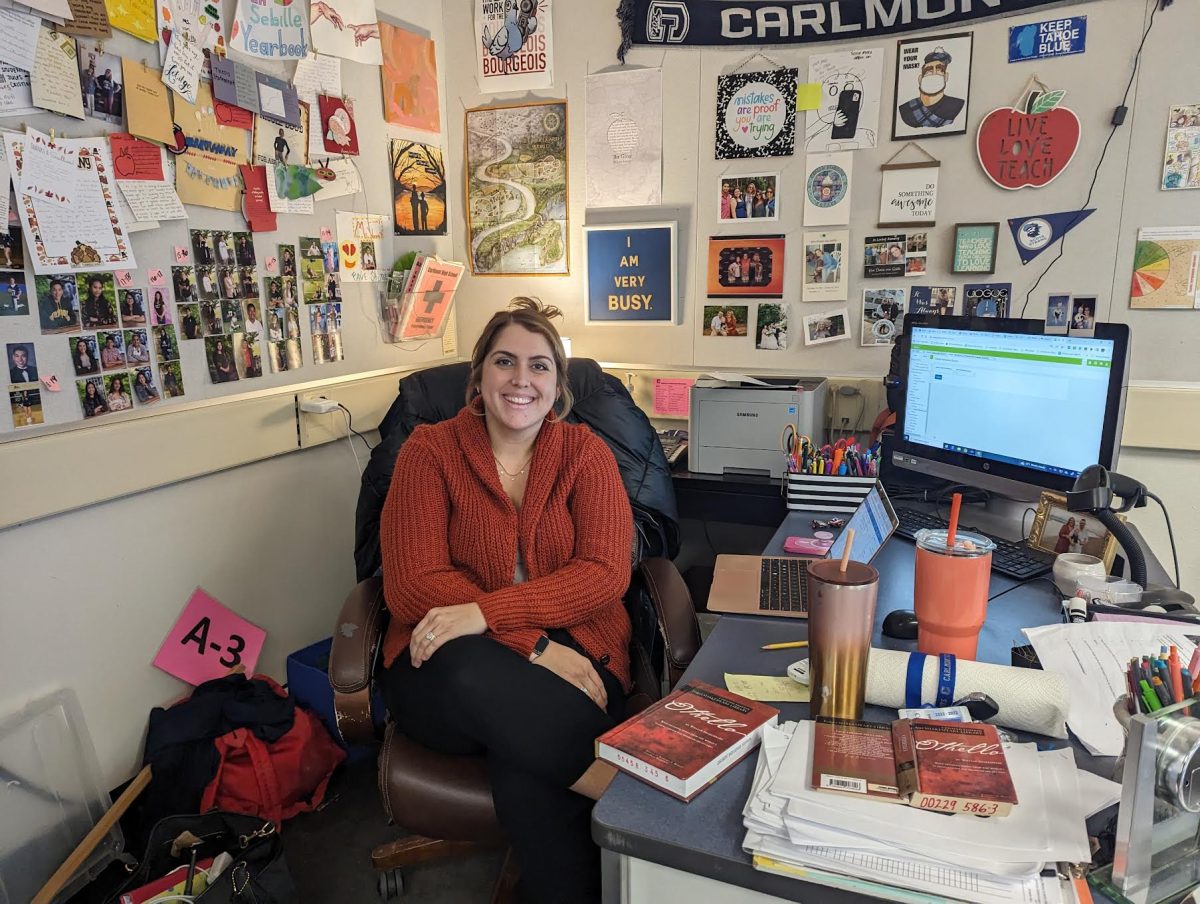Imagine having a tightrope in your ankle. Gymnast Bryce Kupbens does, and it’s not the fun type.
Kupbens is a sophomore at Carlmont High School and has been a gymnast since she was eight.
“My friend did recreational at Peninsula Gymnastics and she brought me for bring-a-friend day. The owner was like, ‘she has something for this sport, do you want to put her in the Xcel program?’ and then I started,” Kupbens said.
After enrolling, Kupbens made it through all the Xcel levels before transferring to the Junior Olympics competitive team. Since she started later than most, Kupbens advanced to level five and has since then made it to level ten.
She has spent most of her career at Peninsula and recently moved to Accel Gymnastics last year. She practices for nearly 20 hours a week, and has about six competitions per season.
One day at practice, Kupbens completed a full-in off the bars and landed too close to the ground. In doing so, she rolled her right ankle and tore her ligament. After realizing she was injured, Kupbens went through surgery to get a TightRope fixation, which holds her two bones together.
After the surgery, Kupbens was left with major restrictions on her movements, including a boot she had to keep on her foot. But even with her injury, she hasn’t let this stop her from practicing.
“I used to do all the events and everything, but now I just do conditioning which is incredibly boring, but at least it’s something. Even when I started gymnastics, the owners of my gyms were like, ‘it’s not really if you get hurt it’s when,’ so it’s kind of at this point normalized in the sport,” Kupbens said.
Because of her restrictions, Kupbens has had to modify her practice routines. She warms up with everyone else, doing what she can or changing the movements to her ability.
“While they’re on events, I’ll do some bars, when they’re on bars I’ll do a kipcast handstand pirouette, skills where I don’t touch the floor and when they’re on the floor I’ll DJ. Other than that, I condition, do physical therapy and other small things that I can do,” Kupbens said.
Her mother believes that gymnastics not only has physical benefits, but mental ones too.
“When you compete in an individual sport like she does, you have to be able to manage your emotions when things aren’t going great, and she gets up there all by herself. She’s gotten more confident as a person to make her own choices and to manage her life,” said Jo Kupbens, her mother.
Gymnastics is a tedious sport with four components to it: bars, beam, floor, and vault. Every event is unique to itself and requires different skills and different muscles.
“For the people that say gymnastics, dance, and cheer aren’t sports, that’s not really true. It takes the same amount of athleticism as like basketball and soccer, just a different version of athleticism,” Bryce Kupbens said.




